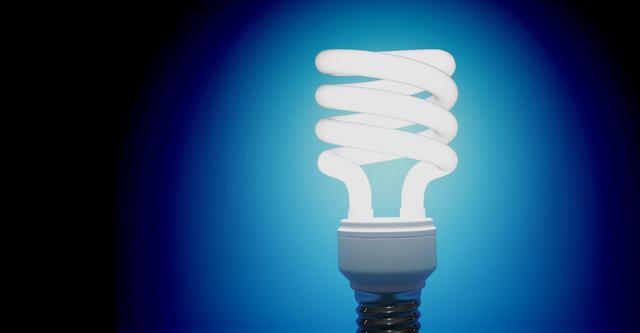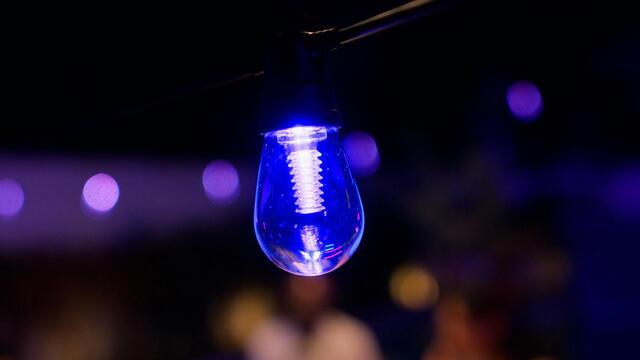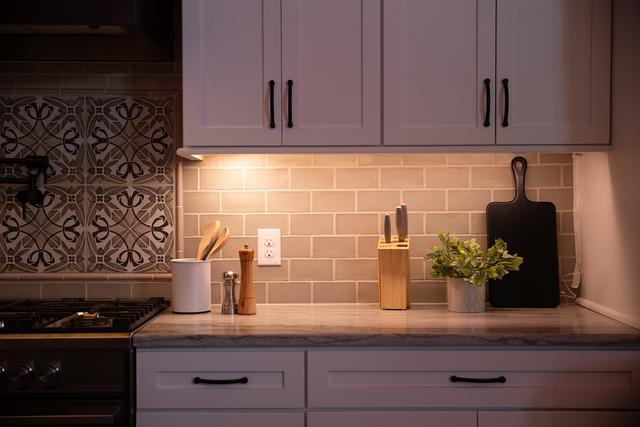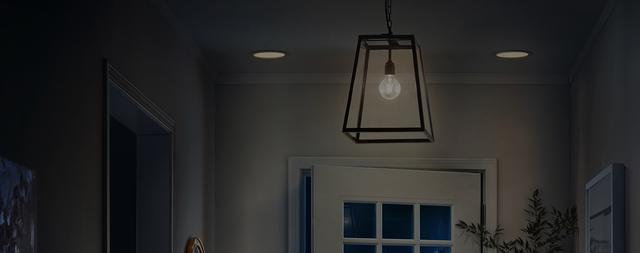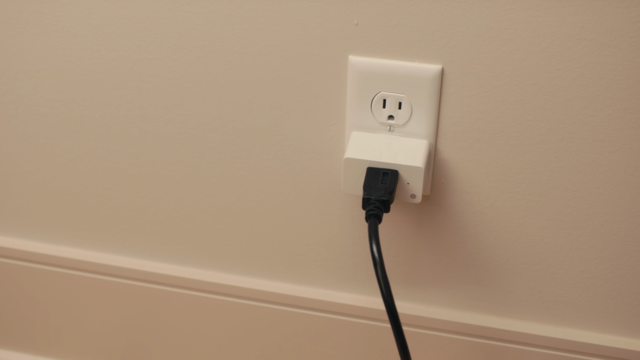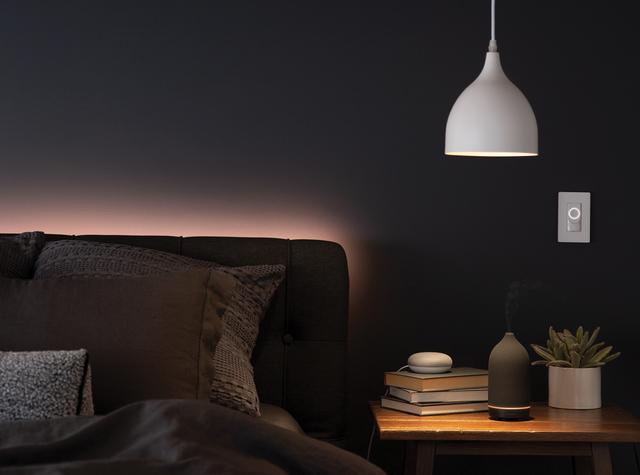Last Updated 09 October, 2023
You may find yourself in the lighting aisle in the hopes of simply replacing a single bulb, and quickly realize you’re totally overwhelmed. Which is understandable, there are so many shapes, wattages, and types to choose from.
That’s where we come in. We’ll provide answers for some frequently asked questions regarding the most popular bulbs: CFL (compact fluorescent) and LED (light-emitting diode).
Are CFL or LED bulbs more energy efficient?
There was a lot of buzz when CFL bulbs were initially released because they were the first viable alternative to standard incandescent lamps. And they were an improvement compared to incandescents, since they used 75 percent less energy.
LED bulbs are right there with CFLs, as they also use 75 percent less energy than traditional bulbs. Although a big difference between them is that CFL bulbs release about 80% of their energy as heat, which not only makes them hot to the touch, but also inefficient. On the other hand, LED bulbs emit very little heat, so their generated energy can be dedicated to producing light.
Do CFL or LED bulbs last longer?
CFL bulbs are an improvement on the traditional incandescent bulb, but still fall well short of LED bulbs’ longevity. LED lights can last for three times longer than most CFLs. Not only does that make them the obvious choice over incandescent bulbs but LED bulbs are also way more efficient than the second-place option.
Do CFL or LED bulbs give a “better” light?
Both CFL and LED bulbs have made amazing advancements on traditional bulbs, but many buyers find fault with CFL bulbs’ light quality. The required “warm-up” period leaves people in the dark longer than they would like, and these bulbs have also been known to flicker or pulsate.
We’ve been very happy with the instant start and the quality of light produced by LED lights, and judging by their prominence in the market, consumers have too. A popular feature of LED bulbs is their adjustable output, which can be customized according to what mood you’re going for in a specific area.
For example, in lighting your home office, you may want to simulate a refreshing daylight environment. Or if you were settling down to watch a movie, you might adapt your lights to provide a warm, cozy atmosphere.
LED bulbs can bring this vision to life with beautiful light that is tailored to every room’s purpose. Looking to the future, we only see this helpful technology improving.
Should I replace CFL with LED bulbs?
While it is a personal choice to decide which bulb to include in your home, there are situations where it is a good idea to replace CFL with LED bulbs.
CFL bulbs release about 80% of their energy as heat. Not only does this mean they are energy inefficient, but they are also hot to the touch. So, if you have kids and they tend to play near lamps powered by CFLs, it might be a good idea to replace them with the safer LED option. This way, you don’t run the risk of your kids potentially burning themselves on an overheated CFL bulb.
Another reason why you should consider replacing your CFLs with LED bulbs is because CFLs contain a small amount—about 4 milligrams—of the toxin mercury. These bulbs can be harmful to animals, people, and the environment if not disposed of properly.
Remember, even though CFL bulbs may be the cheaper option on the shelves, LED bulbs save you more in the long run—with less energy consumption and a longer lifespan.
Are CFL bulbs being phased out?
At GE, yes. We have not sold a CFL since 2016. And in other places around the world, also yes.
It is believed that the production of CFLs could come to a complete stop in the U.S. as early as the end of 2024—California’s ban is already starting on January 1, 2024. Colorado, Hawaii, Illinois, Maine, Maryland, Massachusetts, Nevada, New Mexico, Oregon, Rhode Island, and Washington state may be next, with lawmakers considering banning CFLs, too.
As of August 24, 2023, CFLs have completely stopped production in Europe. This permanent halt of production is in accordance with the European Commission.
The reason for these proposed and acted bans of CFLs around the world can be attributed to the negative impact these bulbs have on the environment. CFL bulbs use more energy and resources than the favored LEDs. CFLs also contain small amounts of mercury that is harmful to the environment, people, and animals.
